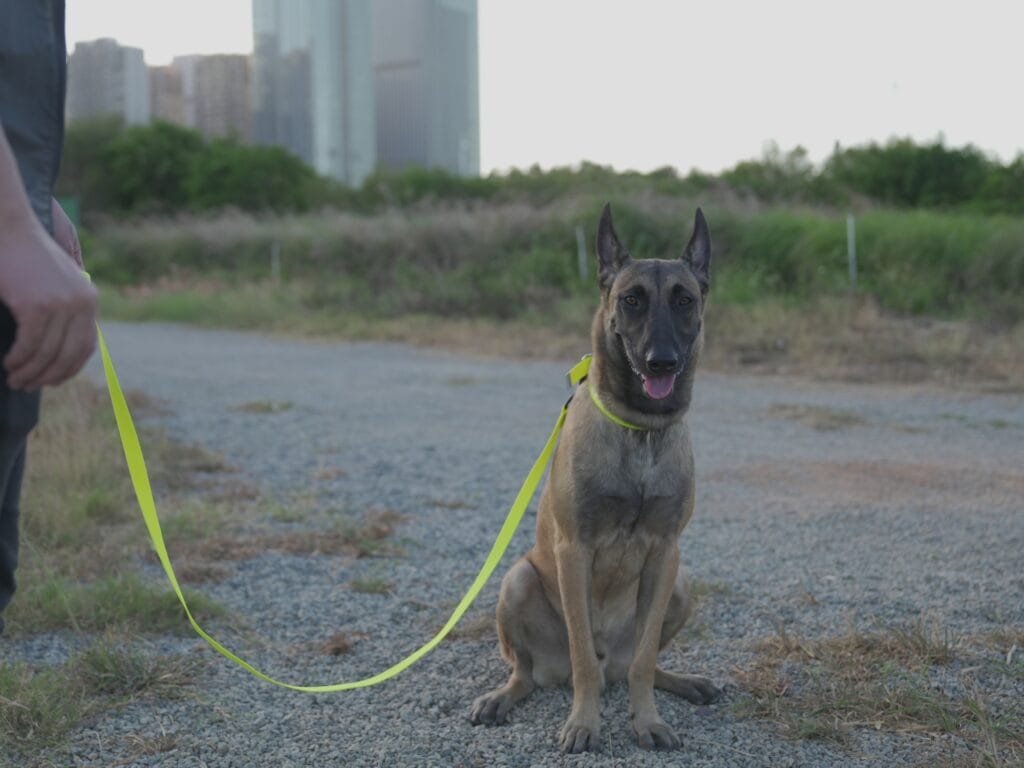In the realm of dog ownership, the choice of leash length is more than a mere preference; it’s a decision that significantly impacts the effectiveness of communication, safety, and overall walking experience with your canine companion. This article offers a professional and in-depth exploration of how to select the optimal leash length, taking into account a comprehensive range of factors including the dog’s breed, temperament, specific training objectives, and varying walking environments.

1.Canine Behavior and Breed-Specific Needs:
Small and Toy Breeds: For breeds such as Terriers or Shih Tzus, a leash length of 4-6 feet is often ideal. These breeds require closer supervision due to their size and curious nature, which can make them vulnerable in urban settings.
Large and Working Breeds: Breeds like Retrievers or Shepherds may benefit from a 6-8 feet leash, especially in open spaces. Their training and temperament often allow for slightly more freedom, providing a balance between exploration and control.
2.Training Objectives and Behavioral Management:
Basic Obedience Training: A standard 6-foot leash is recommended by professional trainers for foundational training. This length allows for effective communication and control, essential for teaching basic commands and leash manners.
Advanced Behavioral Training: Long line leashes (10-30 feet) are invaluable for specific training scenarios, such as recall training or behavior modification exercises. They offer a controlled environment to practice obedience at a distance, simulating off-leash scenarios while maintaining control.
3.Environmental Factors and Adaptation:
Urban and Crowded Settings: Shorter leashes are preferred in densely populated areas. They facilitate quick control to navigate through traffic, crowds, and potential urban hazards, enhancing safety and manageability.
Rural and Open Spaces: In these environments, a longer leash allows for exploratory freedom. It enables the dog to experience natural settings more fully, which is beneficial for their mental and physical health.
4.Safety and Control Dynamics:
High-Risk Environments: Areas with inherent dangers, such as busy streets or regions with wildlife, necessitate shorter leashes for tight control and immediate response to prevent potential accidents.
Controlled and Safe Spaces: In dog parks or secure open areas, longer leashes can provide a more relaxed and enjoyable experience, allowing dogs to engage with their surroundings while under the owner’s supervision.
Conclusion:
In conclusion, the selection of the appropriate leash length is a nuanced decision that requires a blend of professional knowledge about dog behavior, an understanding of different training goals, and a keen awareness of environmental contexts. A leash is not just a tool for restraint; it’s an extension of the bond between a dog and its owner, facilitating communication and ensuring safety. By choosing the right leash length, owners can significantly enhance the quality of their walks and training sessions, ensuring both the dog’s well-being and the safety of the surrounding environment. As dog owners, embracing this knowledge and applying it to our leash selection will lead to more rewarding and effective interactions with our canine friends.
